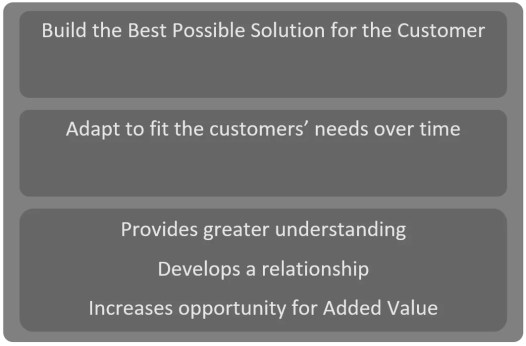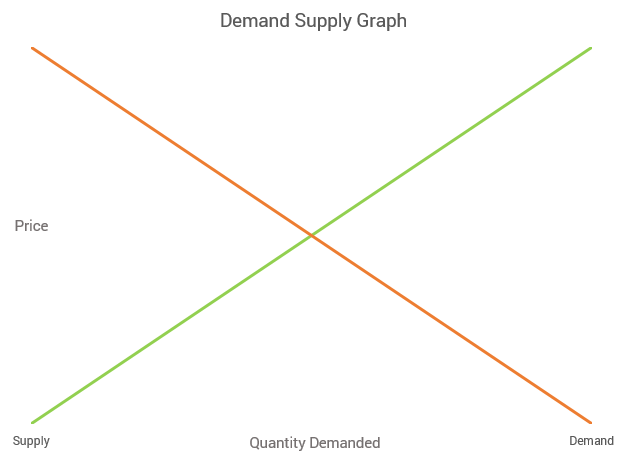Capital Expenditure and Operational Expenditure are spending methodologies that focus principally if it is better to use a cloud service, on premise or a hybrid method to deliver service to users.
This methodology determination is similar to labor investment vs capital investment, where a task may be performed by labor as opposed to automation.
Please note this article is written mostly within the domain of IT infrastructure, however there are aspects of this subject which are also applicable to accounting methodologies for Capital Expenditure and Operational Expenditure.
A limited analogy of Capital Expenditure and Operational Expenditure is to think of Capital Expenditure as renting infrastructure and Operational Expenditure as a purchasing your infrastructure. There are advantages to both types of financing your infrastructure.
Capital Expenditure (CapEx)
Capital Expenditure is the up-front spending on physical infrastructure such as hardware,
Examples of Capital Expenditure
- Networking Equipment
- Servers, Spinning Disk, SSD and Compute
- Racking Equipment
- Climate Control Equipment
- Cabling and Termination (Patch Panels, Ethernet Pattress Boxes)
- Software
- Monitoring and Disaster Recovery
- Land or Property
- Generators
- Security
Capital Expenditure usually has a large inital cost as a new project is delivered, over time the cost of the infrastructure will remain mostly constant until hardware failures, obselesence and improvements to methodologies cause changes to configuration.
- Renewals
- Expansions
- Upgrades
- New Infrastructure
Advantages of Capital Expenditure
- Greater control over fixed assets, which can be liquidised if required, this applies not just to IT equipment but warehousing, property and vehicles.
- Property and equipment can be kept physically close to users to provide faster, cheaper throughput. Access to resources that could be internal do not rely on the WAN.
- Low cost to bandwidth for even medium sized organisations when transferring locally. Low or no cost transfer between hosts.
- Upgrades and downgrades to hardware is generally easier than cloud based solutions. Cloud based solutions generally do not provide an easy method of scaling down infrastructure.
- Issues with the host can be identified by onsite skills rather than second or third party infrastructure teams.
- On premise infrastructure still works when wider services like Cloud solutions, ISPs or links between sites go down.
- Capital Expenditure is generally better for organisations with a lot of techical debt, because applications can keep running for years with little cost. When reaching capacity older appliances can be decomissioned to free up space for newer hardware or software.
- Generally heavy compute or IOPS (Transfer between appliances) is best suited on premise, because the cost will be lower than cloud.
Disadvantages of Capital Expenditure
- Large initial cost to start a project.
- Large cost when appliances need refreshing/upgrading.
- Growing or Expanding businesses will require more assets, including space and electrical infrastructure to support the requirements of the business.
- Redundancy and SLAs are on the business, power outages or natural disasters can cause business closing consiquences.
- Large monolithic applications can cause technical debt.
- Generally the value of the assets you purchase decreases over time and with wear.
Operational Expenditure (OpEx)
Operational Expenditure is different in that the cost of the asset is not included at the start but you continually pay for it throughout the lifetime of the project.
Operational Exepnditure is also more dynamic as you can pay your provider to scale up and down the instances horizontally or vertically as needed, increase compute or storage, or increase the number of nodes required.
Examples of Operational Expenditure
- Storage Cost
- Administrative Expenses
- Maintenance
- Subscriptions and Licencing
Generally it can be easy to decide which option is cheaper over the lifetime of a project if an on-premise business has already invested in the surrounding infrastructure, however increasingly cloud providers are offering lower cost incentives such as lower cost products than a traditional virtual machine or cheaper hardware through their platform.
Advantages of Operational Expenditure
- Products are generally available quicker for purchase for project managers than on-premise, providing a more agile IT strategy.
- Expenses are generally at every billing cycle consistently, rather than an initial cost for hardware and then a smaller maintenance cost.
- Generally you pay for consumption where you only pay for the resources used, however some providers will agree to a discount if a commitment is made for resources over a longer term.
- Costs can be predicted and generally billing can be itemised easily, which helps in understanding risk.
- Some IaaS and most SaaS solutions will patch and maintain infrastructure, such as databases without much input from the product owners.
Disadvantages of Operational Expenditure
- Generally costs for highly transactional applications can be higher than on-premise solutions, such as compute or IOPS intensive workloads.
- Decisions may be set with a short term view and poor cost analysis.
- Availability of skilled professionals is not easy.
- Can be more expensive than in-house solutions.









